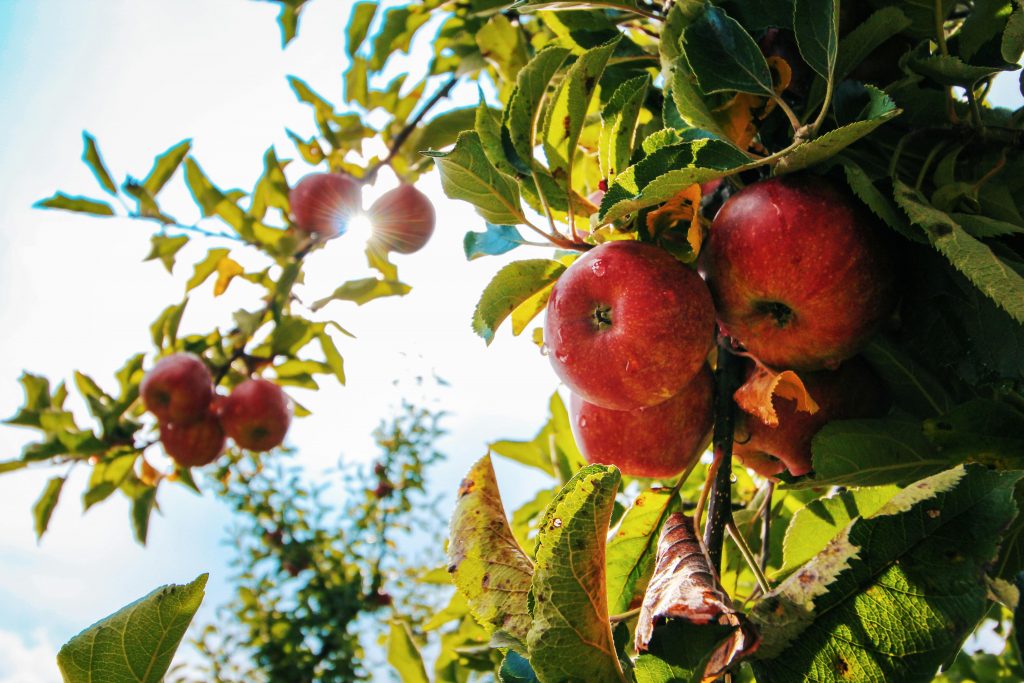Growing fruit trees can be a rewarding and fruitful endeavor, providing fresh, delicious fruit for you and your family to enjoy. However, successful fruit tree cultivation requires careful planning, attention to detail, and proper care throughout the growing season. In this article, we'll explore best practices for growing fruit trees that will help you maximize yields and produce healthy, bountiful harvests year after year.
1. Choose the Right Location:
Selecting the right location is crucial for the success of your fruit trees. Choose a site with well-drained soil, adequate sunlight (typically 6-8 hours per day), and protection from strong winds. Consider factors such as soil pH, drainage, and microclimates to ensure optimal growing conditions for your fruit trees.
2. Select Suitable Varieties:
Choose fruit tree varieties that are well-suited to your climate, soil type, and growing conditions. Research different varieties of fruits, such as apples, pears, peaches, and cherries, and select those that are disease-resistant, cold-hardy, and compatible with your local growing conditions. Consider factors such as chill hours, pollination requirements, and harvest times when selecting fruit tree varieties.
3. Plant Properly:
Plant fruit trees at the appropriate time of year, typically in late winter or early spring when the trees are dormant. Dig a hole that is twice as wide as the root ball and at the same depth. Gently spread out the roots and backfill the hole with soil, making sure to tamp it down firmly to eliminate air pockets. Water the tree thoroughly after planting to help settle the soil and encourage root establishment.
4. Provide Adequate Water:
Proper watering is essential for the health and growth of fruit trees, especially during the establishment phase. Water newly planted fruit trees deeply and regularly, ensuring that the soil remains consistently moist but not waterlogged. Once established, fruit trees may require less frequent watering but still benefit from regular irrigation during dry periods, particularly during fruit development.
5. Implement Proper Pruning:
Pruning is an essential practice for shaping fruit trees, promoting healthy growth, and maximizing fruit production. Prune fruit trees during the dormant season to remove dead, diseased, or damaged branches, improve airflow and sunlight penetration, and maintain a balanced canopy. Follow proper pruning techniques to encourage strong branch structure and fruit-bearing wood.
6. Apply Fertilizer and Nutrients:
Fruit trees require adequate nutrients to support healthy growth and fruit production. Conduct a soil test to determine nutrient deficiencies and apply fertilizer accordingly. Use a balanced fertilizer formulation specifically designed for fruit trees, and apply it according to the manufacturer's instructions. Consider organic options such as compost, manure, or organic fertilizers to improve soil fertility and health.
7. Control Pests and Diseases:
Preventative pest and disease management is essential for protecting fruit trees from common pests and diseases that can damage foliage, fruit, and overall tree health. Monitor trees regularly for signs of pests or diseases, such as insect damage, fungal infections, or wilting foliage. Implement cultural practices such as proper sanitation, pruning, and mulching to reduce pest and disease pressure. Consider using organic or chemical control methods as needed, following label instructions carefully.
8. Harvest at the Right Time:
Harvest fruit at the peak of ripeness to ensure the best flavor, texture, and nutritional quality. Different fruit varieties have specific indicators of ripeness, such as color, firmness, and fragrance. Harvest fruits gently by hand, taking care to avoid bruising or damaging the fruit. Store harvested fruit in a cool, dry place or enjoy it fresh from the tree for the best taste and quality.
By following these best practices for growing fruit trees, you can cultivate healthy, productive trees that yield abundant harvests of delicious fruit year after year. With proper planning, care, and attention to detail, you'll be rewarded with the satisfaction of growing your own fruit and enjoying the fruits of your labor for seasons to come.

